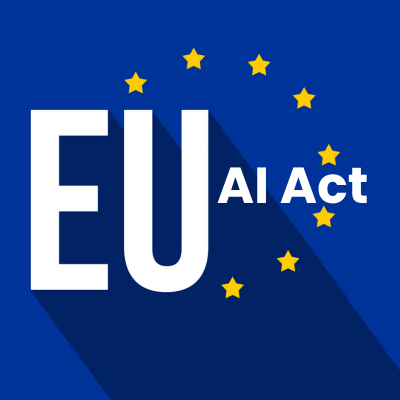In a shocking move, the European Commission has officially withdrawn the AI Liability Directive, sending ripples across the global AI landscape. While the official statement cites a lack of foreseeable agreement, make no mistake—this decision is all about politics, not legal technicalities. The EU is shifting its strategy, signaling a move toward deregulation to keep pace with the US and China in the AI race.
What Just Happened?
On February 19, 2025, the EU announced the withdrawal of the AI Liability Directive, stating:
“No foreseeable agreement – the Commission will assess whether another proposal should be tabled or another type of approach should be chosen.”
This means the EU has officially abandoned a key legislative proposal meant to hold AI developers accountable for harm caused by their systems.
The Real Story Behind the Withdrawal
The timing of this decision is no coincidence. Just days before, key political figures at the AI Summit in Paris made it clear that the EU was shifting gears on AI regulation:
- French President Emmanuel Macron declared: “We will simplify … It’s very clear we have to resynchronize with the rest of the world.”
- Henna Virkkunen, the EU’s digital chief, assured the audience that AI rules would be “implemented in a business-friendly way.”
- U.S. Vice President JD Vance sent a strong message: “The Trump administration is troubled by reports that some foreign governments are considering tightening the screws on U.S. tech companies with international footprints. Now America cannot and will not accept that.”
Clearly, the political pressure from global superpowers—particularly the US—has played a major role in the EU’s decision.
Big Tech Wins Again?
Adding fuel to the fire, just weeks ago, on January 29, 2025, the American Chamber of Commerce to the EU (AmCham EU) released a position paper explicitly calling for the withdrawal of the AI Liability Directive. They argued:
“EU policymakers must withdraw the AI Liability Directive in order to avoid adding unnecessary complexity and uncertainty to Europe’s AI regulatory landscape.”
Their primary concern? That the recently passed Product Liability Directive already expands liability rules to AI. Tech industry lobbyists have long feared overlapping regulations that could hinder innovation and disrupt business models. It appears their influence has paid off.
What This Means for AI Regulation in the EU?
With the AI Liability Directive gone, the EU now has a major legal gap in AI accountability. The AI Act, hailed as the world’s most comprehensive AI regulation, DOES NOT address liability issues. This means victims of harmful AI decisions will face even greater challenges in seeking justice.
Experts warn that the absence of clear liability rules could create regulatory uncertainty, weakening consumer protections and emboldening AI developers to push forward with fewer legal consequences.
What’s Next?
- The AI Act enforcement is now in question. Many expected strong regulatory oversight, but with this shift, enforcement might become lax.
- Legal uncertainty for AI liability. Without a clear liability framework, courts across Europe may struggle to handle AI-related harm cases.
- More political battles ahead. The EU’s AI strategy is now at a crossroads—will it fully embrace a pro-business approach, or will a new liability framework emerge?
Final Thoughts: The EU’s AI Regulation U-Turn
The withdrawal of the AI Liability Directive marks a watershed moment in global AI policy. The EU, once seen as the global leader in AI regulation, is now recalibrating its approach to keep up with the rapid developments in AI technology. Whether this shift will benefit society or primarily serve Big Tech remains to be seen.
What do you think? Is the EU making the right move, or is this a dangerous step toward unchecked AI development? Let us know your thoughts!
Sources:

